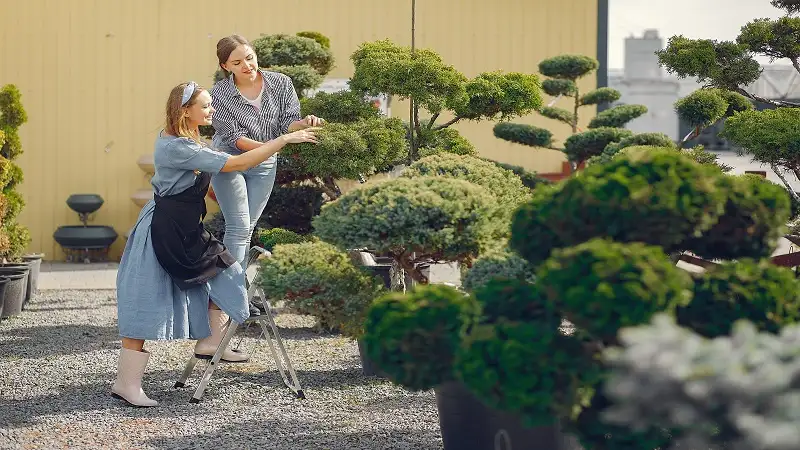Designing a landscape that is both practical and visually stunning requires thoughtful planning, creativity, and a deep understanding of how outdoor spaces are used. A well-designed landscape enhances the beauty of your home, increases property value, and creates inviting areas for relaxation and entertainment. Below is a detailed 1500-word guide outlining the essential steps to create a functional and beautiful landscape design.
1. Understand Your Space and Its Purpose
Before making any design choices, spend time evaluating your outdoor space. Note the size, shape, soil type, natural sunlight, drainage patterns, and existing features such as trees, slopes, or structures.
- Assess the environment: Observe how sunlight moves throughout the day and how water drains after rain.
- Determine usage needs: Decide if your landscape will primarily serve as a play area, a quiet retreat, a garden, or an entertainment space.
- Consider maintenance levels: Choose a design that matches the time and effort you are willing to invest in upkeep.
Understanding these elements ensures your design will work with the environment rather than against it.
2. Establish a Budget and Timeline
A clear budget helps prevent overspending and keeps your project realistic.
- Create a cost breakdown: Include materials, labor, plants, and unexpected expenses.
- Set priorities: Identify must-have features (like a patio or water fountain) and optional elements to add later if funds allow.
- Plan phases: If the design is extensive, break it into stages to spread out costs and effort.
Having a defined budget and timeline ensures your project remains manageable and efficient.
3. Choose a Design Style
Your landscape design should complement the architecture of your home and reflect your personal taste.
- Formal design: Features symmetrical layouts, straight lines, and well-trimmed hedges.
- Informal design: Embraces curves, natural shapes, and a more relaxed arrangement of plants.
- Thematic design: Inspired by a specific theme, such as a Japanese garden, desert xeriscape, or tropical retreat.
- Selecting a cohesive style provides direction and helps maintain consistency throughout the space.
4. Plan Functional Zones
Divide your outdoor area into functional zones to meet different needs.
- Living spaces: Patios, decks, or outdoor kitchens for dining and entertaining.
- Recreational areas: Lawns, fire pits, or pools for relaxation and play.
- Gardening spaces: Flowerbeds, vegetable gardens, or herb patches for cultivation.
Zoning makes it easier to design pathways, select suitable plants, and ensure each area serves a specific purpose.
5. Create a Focal Point
A focal point draws attention and adds character to your landscape.
- Natural elements: A large tree, rock formation, or water feature.
- Man-made elements: A sculpture, pergola, or decorative bench.
Place your focal point where it is easily visible, such as at the end of a pathway or in the center of a garden.
6. Select the Right Plants
Plants are the heart of any landscape design. Choose species based on their function, appearance, and adaptability to your climate.
- Consider native plants: They require less water and maintenance.
- Layer planting: Use a combination of tall trees, shrubs, and groundcovers for depth.
- Seasonal variety: Include plants that bloom at different times for year-round interest.
Balancing color, texture, and height creates visual harmony and ecological sustainability.
7. Incorporate Hardscape Elements
Hardscape features provide structure and durability.
- Pathways and patios: Define movement and create gathering spaces.
- Retaining walls: Manage slopes and add dimension.
- Water features: Fountains or ponds introduce soothing sounds and visual appeal.
Use materials like stone, wood, or concrete that match your chosen design style for a seamless look.
8. Design for Sustainability
A functional and beautiful landscape should also be environmentally friendly.
- Efficient irrigation: Install drip systems or rain sensors to conserve water.
- Permeable surfaces: Use materials that allow rainwater to seep into the ground.
- Composting areas: Reduce waste and enrich soil naturally.
Sustainable practices save resources and lower long-term maintenance costs.
9. Plan for Lighting
Outdoor lighting adds beauty and safety.
- Path lights: Illuminate walkways for safe navigation.
- Accent lighting: Highlight focal points like trees or sculptures.
- Ambient lighting: Create a warm atmosphere for evening gatherings.
Energy-efficient LED fixtures or solar lights reduce power consumption while enhancing nighttime appeal.
10. Add Personal Touches
Personal details transform a landscape from generic to unique.
- Outdoor décor: Use colorful cushions, garden art, or decorative pots.
- Furniture selection: Choose comfortable and weather-resistant seating.
- Custom features: Consider a hammock, fire pit, or outdoor kitchen to suit your lifestyle.
These touches reflect your personality and make the space truly yours.
11. Create a Maintenance Plan
A beautiful landscape requires regular care to stay functional.
- Routine tasks: Mowing, pruning, and weeding.
- Seasonal upkeep: Fertilizing, mulching, and inspecting irrigation systems.
- Long-term planning: Replacing aging plants or updating features over time.
A maintenance schedule ensures the landscape remains healthy and visually appealing year after year.
12. Seek Professional Help When Needed
While many homeowners can handle smaller projects, complex designs may require expert assistance.
- Landscape architects: Provide detailed plans and technical expertise.
- Contractors: Handle heavy construction like retaining walls or large patios.
- Garden designers: Offer plant selection advice and layout ideas.
Professionals can save time, reduce mistakes, and deliver polished results.
Final Thoughts
Creating a functional and beautiful landscape design is a rewarding process that blends artistry with practicality. By understanding your space, establishing a budget, selecting appropriate plants, and incorporating hardscape and lighting, you can transform your yard into an inviting retreat. Sustainable practices and thoughtful maintenance will keep the landscape vibrant for years to come. Whether you choose to tackle the project yourself or work with professionals, following these steps will help you achieve a landscape that enhances your home’s value and provides daily enjoyment.
